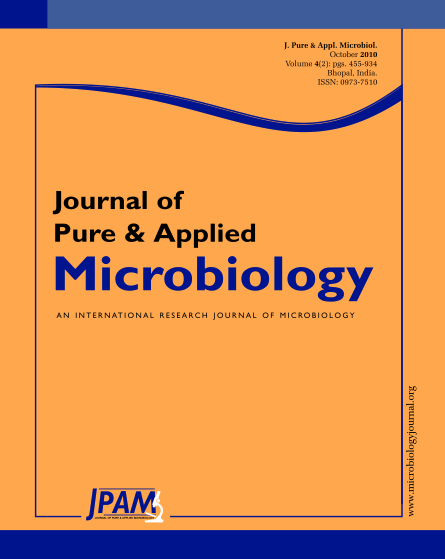The Indonesian traditional fermented food, red fermented peanut cake (oncom merah) limited to West Java is produced from legume residues by filamentous fungus Neurospora sp. Oncom Bandung is prepared from peanut residues after oil extraction. Conidia, usually oval and pink in color, form branched chains at the tips of the aerial hyphae. Since the pigment of the fungus can be utilized in pharmacy and food. We are interested to study the fungus for further utilization in pharmacy. In this study, the molecular identification of Neurospora sp N-1 which was isolated from oncom merah was carried out based on the genetic analysis partially on ribosomal DNA included the subunit of 28S rDNA (D1/D2 region) and Internal Transcribed Spacer (ITS). Results analysis showed that Neurospora sp N-1 was homology 100% by amplification on D1/D2 region and 99% by amplification on ITS region to Neurospora intermedia. Based on phylogenetic analysis using D1/D2 region and ITS methods, Neurospora intermedia N-1 has a close relation to Neurospora crassa. We concluded that the fungus Neurospora sp N-1 isolated from oncom Bandung is Neurospora intermedia. It is a new information since it before that the fungus for oncom merah fermentation was Neurospora sitophila.
Oncom, molecular, homology, N. intermedia N-1
© The Author(s) 2010. Open Access. This article is distributed under the terms of the Creative Commons Attribution 4.0 International License which permits unrestricted use, sharing, distribution, and reproduction in any medium, provided you give appropriate credit to the original author(s) and the source, provide a link to the Creative Commons license, and indicate if changes were made.


